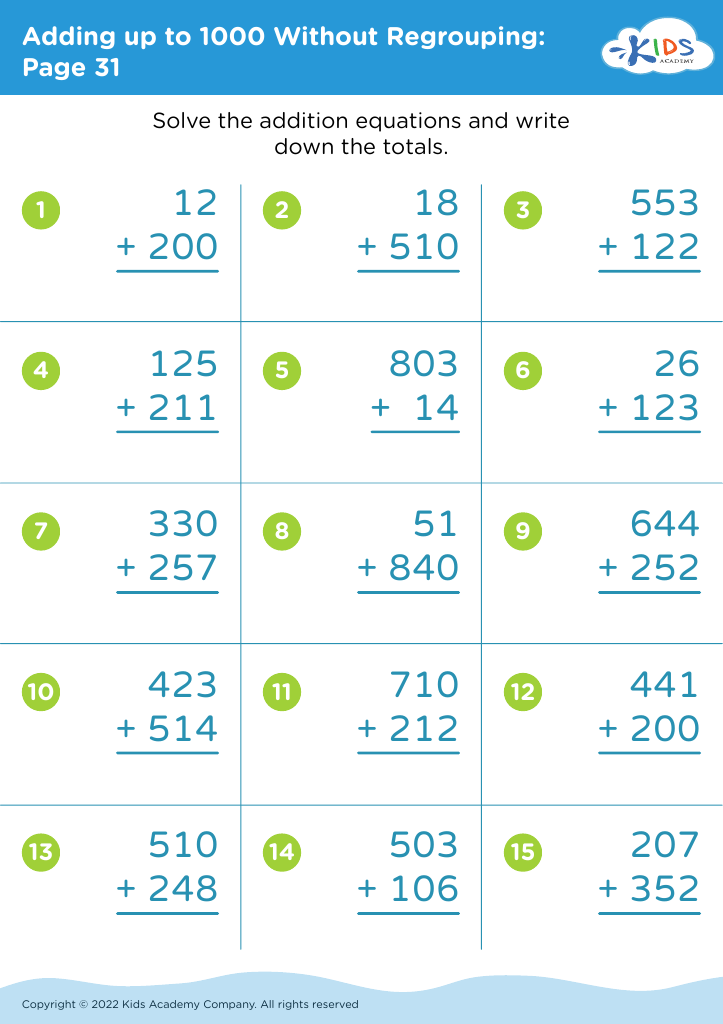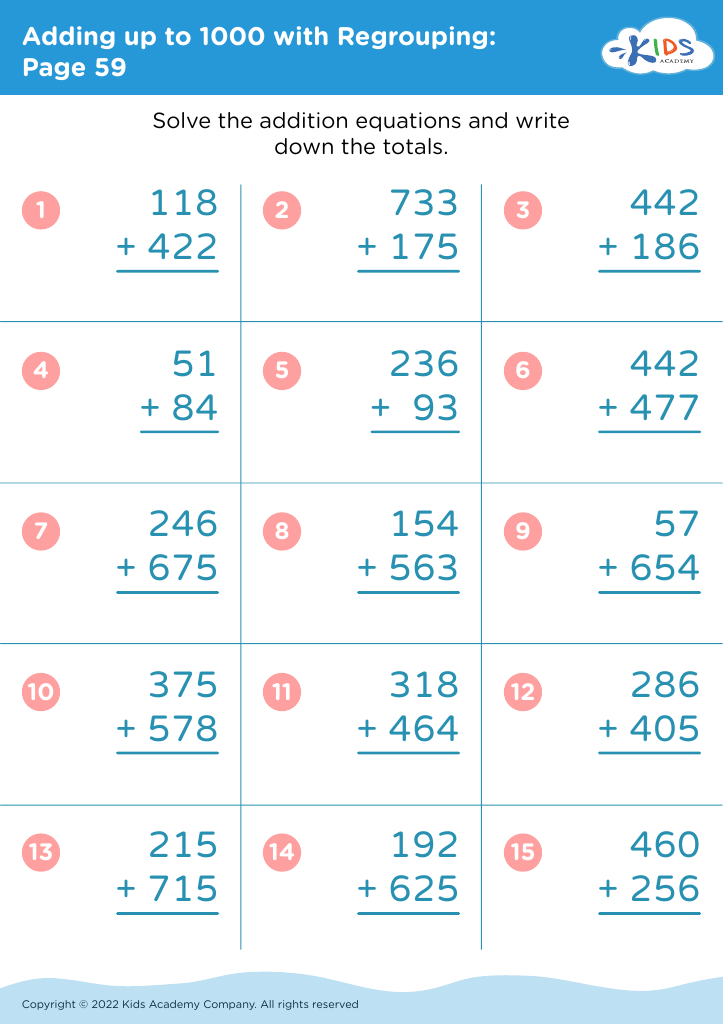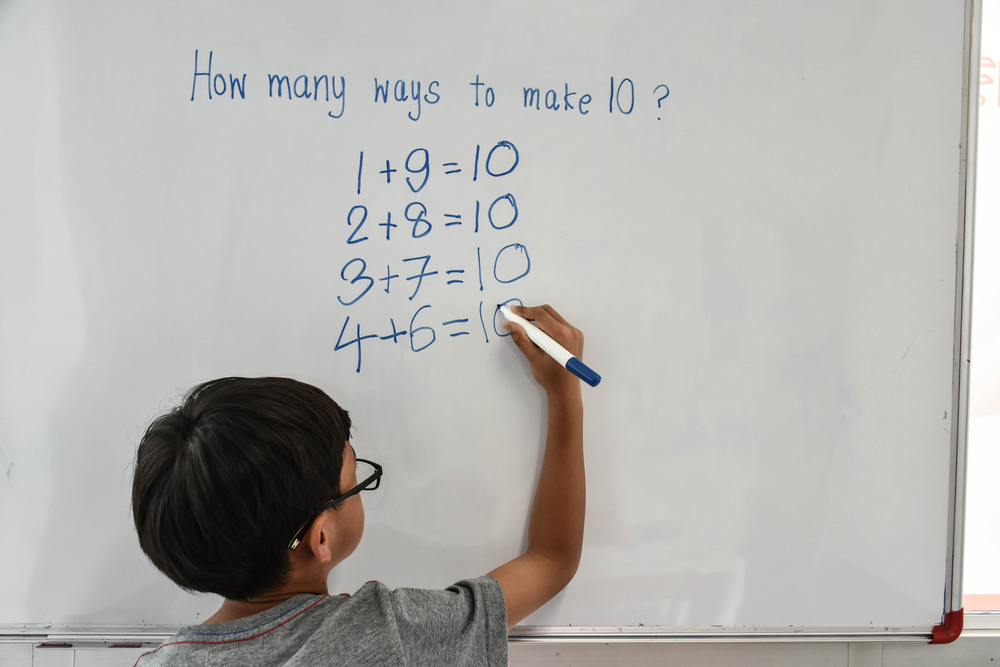Visual interpretation Math Worksheets for Ages 6-8
7 filtered results
-
From - To
Discover our engaging Visual Interpretation Math Worksheets designed specifically for children aged 6-8. These thoughtfully crafted resources help young learners develop crucial skills in interpreting visual data, enhancing their understanding of mathematical concepts. Kids will enjoy analyzing charts, graphs, and pictures while solving exciting problems that reinforce their learning. Our worksheets promote critical thinking, boost confidence, and make math enjoyable through interactive activities. Ideal for both classroom and home use, they cater to varied learning styles and abilities. Equip your child with essential skills for academic success while fostering a love of math. Download and watch their confidence grow!


Bugs Tally Worksheet
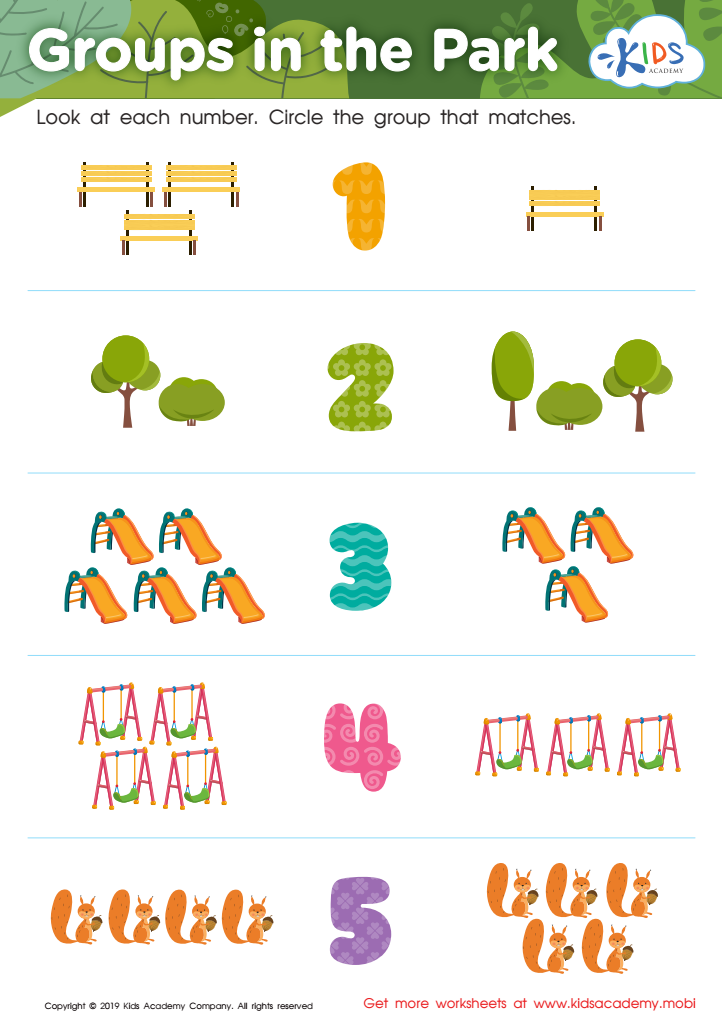

Groups in the Park Worksheet
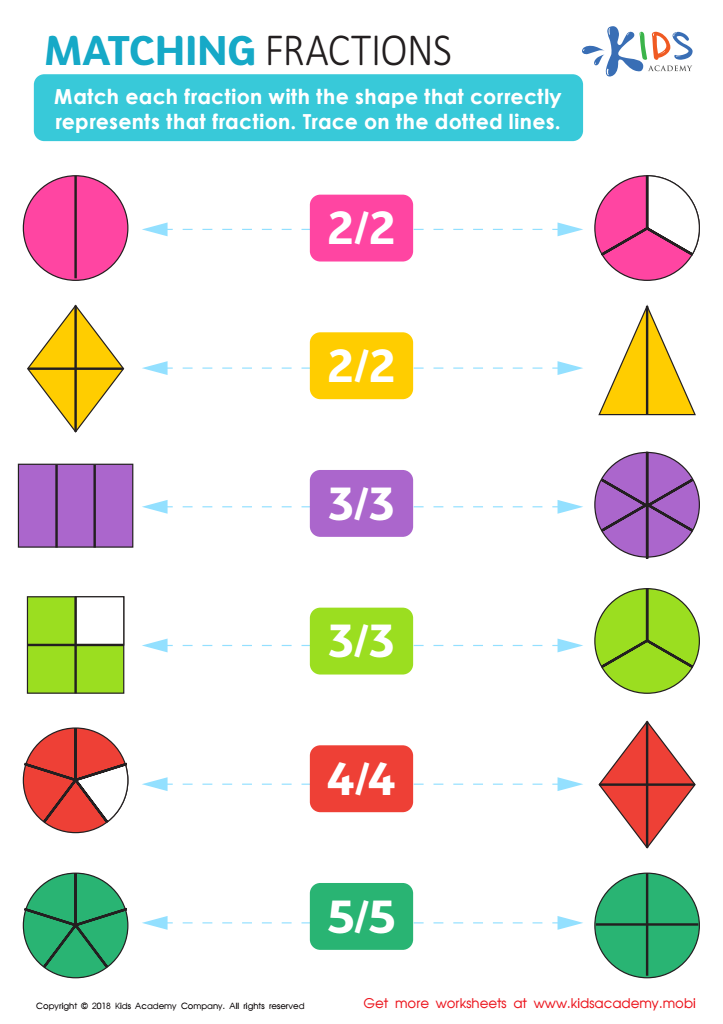

Matching Fractions Worksheet
Visual interpretation in math is crucial for children aged 6-8, as it lays the foundation for critical thinking and problem-solving skills. At this developmental stage, kids are still learning to understand abstract concepts, and visual methods help bridge that gap. By using diagrams, drawings, or physical objects, children can conceptualize mathematical ideas, making complex problems more relatable and easier to grasp.
Moreover, visual interpretation enhances comprehension and retention. Children who can visualize math concepts often perform better in understanding various topics, such as addition, subtraction, and even basic geometry. This approach caters to various learning styles; some children are visual learners, absorbing and processing information more effectively through images and graphs.
For parents and teachers, nurturing this skill means fostering a positive attitude toward math from an early age, reducing anxiety around the subject. Engaging children in visual contexts encourages exploration, curiosity, and a deeper understanding of how math relates to the world around them. Ultimately, focusing on visual interpretation equips children with essential tools for academic success, helping them develop confidence and proficiency in mathematics as they progress through their educational journey.
 Assign to My Students
Assign to My Students

